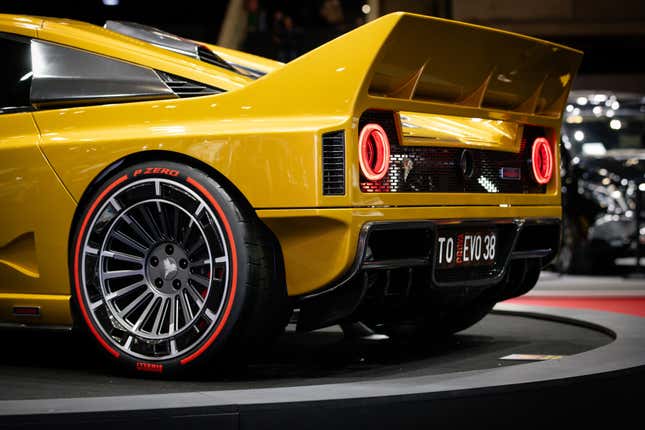Last week the 2024 edition of the Geneva International Motor Show took place in the halls of Palexpo, like it has for a 120 year-plus history. Except this time the show was fundamentally different. 200,000 visitors were expected over the course of the 2024 show. A few short years ago in 2019 roughly 600,000 visitors passed through its hallowed halls. COVID-19 forced the cancellation of the 2020-2022 shows, and everyone thought it was over. Rumors of the show’s death swirled around online but then something unexpected happened. Out of seemingly nowhere, Qatar’s Ministry of Tourism secured the opportunity to put the show on in Doha–using the same name, the Geneva International Motor Show, except it was in Qatar, not Switzerland. They signed a 10-year, 5-show contract.
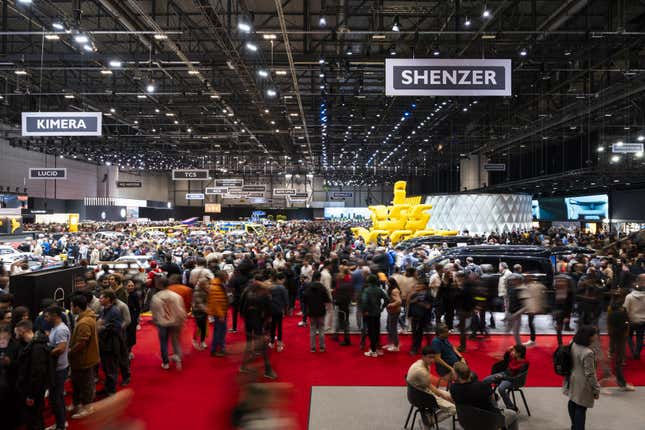
And then something even more interesting happened. In 2024, the show returned to Geneva! Finally, I had the chance to attend the legendary show and soak in all it had to offer. After years of trying and failing to go, this was the year.
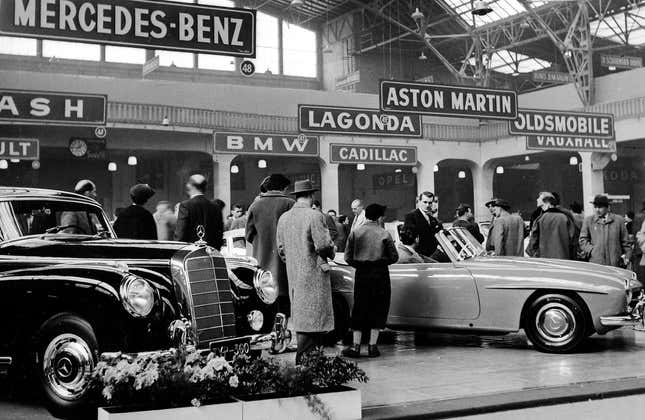
The Geneva International Motor Show sits in the pantheon of the most prestigious auto shows in the world alongside Detroit, Paris, Tokyo, and Frankfurt. The list of Geneva launches that have happened throughout history is longer than the McLaren Speedtail (launched in ‘19 at the Geneva International Motor Show). So many of modernity’s automotive greats were launched in Geneva: The Jaguar E-Type in ‘61, the Volvo P1800 also in ‘61, the Porsche 917 in ‘69, the Range Rover Classic in ‘70, the Ferrari 288 GTO in ‘84, the Bentley Continental R in ‘91, you get the idea. Inside the industry the show itself is as important as some of the cars that debuted there. After all, it’s had well over a century to earn this reputation. The show got its start in 1905. For context, Henry Ford’s Model T debuted in 1908. It’s that old.
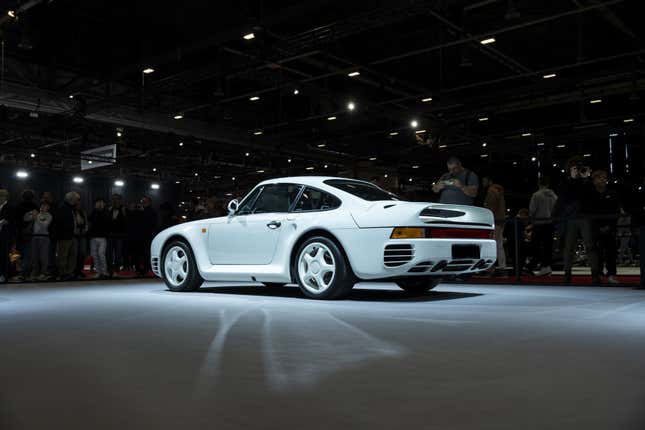

I left the 2024 show feeling not only let down, but uncertain of its future. And it turns out I’m not the only one. Of course, there are always some diamonds in the rough. Ironically, the most interesting cars on display were from the restomod companies–namely Kimera and Totem. The new stuff on display did exactly the opposite of inspire. It signaled the end of one era and the beginning of another.
Here’s what I learned from the show floor.
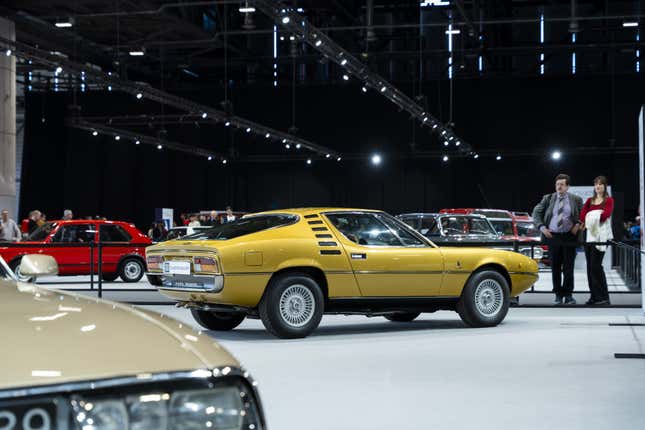
The Rise of Chinese-Manufactured Electric Vehicles.
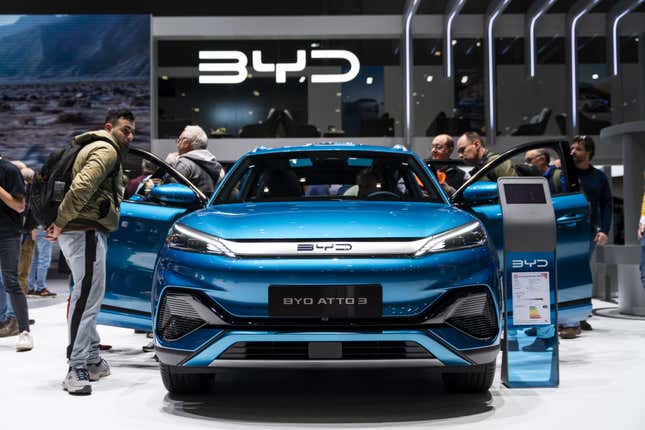
Changing tides are nothing new. The show has persevered through the ebbs and flows of the industry.
But 2024 shook the very core of the Geneva International Motor Show and redefined its identity. The takeaway was more about what wasn’t there than what was there. The list of iconic cars produced by legendary manufacturers in the opening paragraph? Not a single one was in attendance. Not one. And we’re talking about the pillars of the European automotive industry at a show in their backyard.
Instead the trends in exhibitors shifted to electric cars produced in China. That’s not a criticism, of course–but instead simply a sign of a coming shift in the industry. BYD dominated the show, and took the opportunity to show vehicles from Denza and Yangwang, luxury brands in the BYD group. MG, owned by SAIC Motor (Shanghai Automobile Industry Corporation), debuted the “3” hybrid.
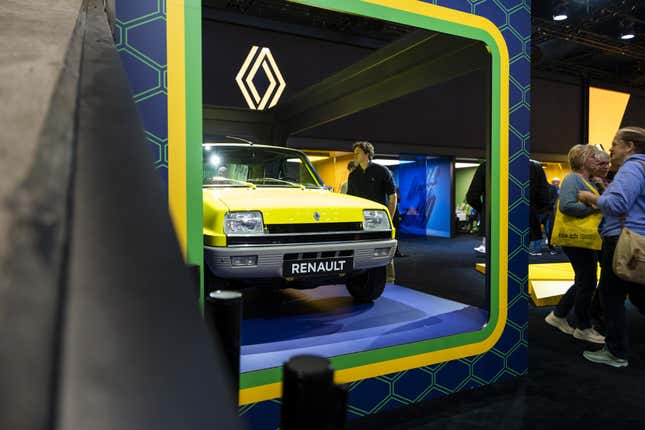
The show is where brands are typically vying for consumers’ attention and jockeying for attention from the automotive press. This year, what few members of the press that did attend were not particularly fond of the show itself, it seems, let alone any of the debuts. What did seem to get people somewhat excited was the new Renault 5 E-Tech for its faithful recreation of “Le Car” but this time using electric motors. My take on the Renault 5 E-Tech after seeing it in person? Eh. Cars with such cultural significance can be tricky to electrify.
The slew of electric vehicles manufactured in China displayed should not have necessarily come as a surprise, though. Last year, China produced 60% of the entire world’s EVs–yet only 3% of EV imports to Europe came from China the same year. It’s simple: With pro-electric policies spreading throughout the EU member states (and Switzerland), China is perfectly poised to grow in Europe. No wonder they’re making a strong push at one of the most important Motor Shows in the region.
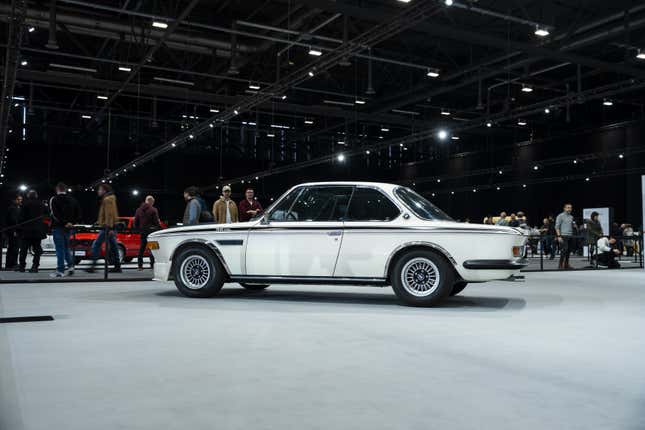
Whether or not the new EVs from China are capturing the hearts and minds of showgoers is another matter entirely. The vibe on the show floor was that folks were lukewarm about their arrival.
Automotive enthusiasts weren’t flocking to the future-forward BYD display; instead, they were gravitating towards something from the past.
Restomods are Still a Thing, and They Seem to be Getting Bigger.

It was easy to miss the launch of Kimera Automobili’s Evo37 in 2021. It quietly entered the scene with a smattering of articles here and there. But in 2024, Kimera went big. It wasn’t any of the well known manufactures, it was Kimera that was the ICE-focused “automaker” dominating the floor of the Geneva International Motor Show. They assembled an all-star cast of historically significant Lancia models to support the launch of the Evo38. The idea is that it’s a spiritual extension of the famous 037 from the early ‘80s. And to my eye, they accomplished what they set out to do, which is pick up where the 037 left off, except with modern engineering. It’s a 2,425-pound beauty made of titanium and carbon fiber in bright yellow, and it held a central position on the showfloor. There wasn’t a moment when dozens of cell phones weren’t trained on it. I only wish they fired up the 2.1-liter twincharged inline four that’s worked over by Lancia engineer Claudio Lombardi.
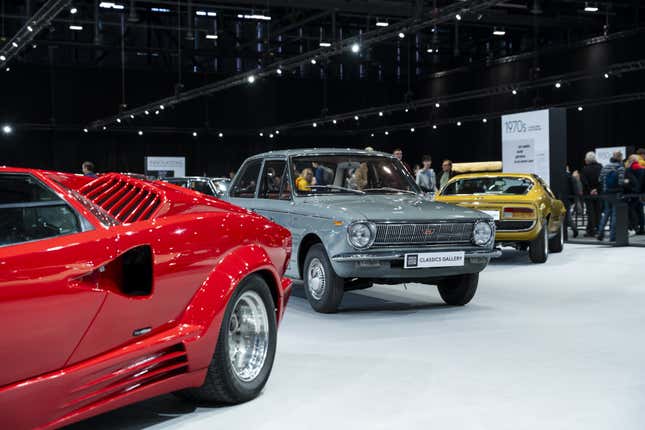
Off to the side of the was another Italian restomod company represented, this one called Totem Automobili. They specialize in re-imagining the Alfa Romeo Tipo 105/115 models in a way that capitalizes on materials and engineering that would not have been available when the car entered production in ‘67. Like the Evo38, the vehicle that stemmed from the original puts down power virtually unimaginable when the original bowed. Powering the GT Super (that’s what Totem calls its creation) is a 2.8-liter V6 rated for 600 horsepower. Loosely following the original nomenclature hierarchy, there’s a GTA version called the GTA Modificata, and that looks roughly the same form the outside but uses a 3.2-liter V6 generating 810 horsepower. And most surprisingly there’s even an electric version called, you guessed it, the GT Electric. Everything from Totem is rear wheel drive, like Nicola Romeo intended.
These two Italian restomods drew the biggest crowds, and it’s funny, because the exhibits that created the most excitement weren’t necessarily forward-looking at all in terms of design, and to a degree, drivetrains. The satisfying lines of re-imagined Italian machinery seems to have cast a spell on showgoers, and it just highlights the staying power of automotive legends.
Speaking of legends, half the show was dedicated to the classics. An entire hall was festooned with some of the best examples of the most iconic cars on the planet.
The More Things Change, the More Things Stay the Same.
We all know that some of the best examples of history’s star automobiles reside in Switzerland, tucked away in private collections. The art of discretion is resolutely Swiss, and many underground bunkers exist filled to the brim with personal collections that put many museum collections to shame.
For this one occasion, some of the most spectacular cars came out of their collections to be put on display. This is what made the show worth it. The show organizers put together a display of a century’s worth of incredible automobiles spanning the pre-war and post-war periods, a selection of golden age GT cars from the ‘50s and ‘60s, and then a special capsule of cars that were defined by the energy crisis of the ‘70s. And there was also a section that focused on cars that embody the idea of innovation.
It was in this hall that the most smiles were plastered across showgoers’ faces. Audible gasps peppered with oohhs and aahhs. It turns out that all it takes to make people happy are the same cars that made people happy the first time around. It makes perfect sense. These are the cars that elicited the same sort of reaction upon their debut, be it 100 years ago or five years ago. And in that sense, the core of the show hasn’t changed much.
